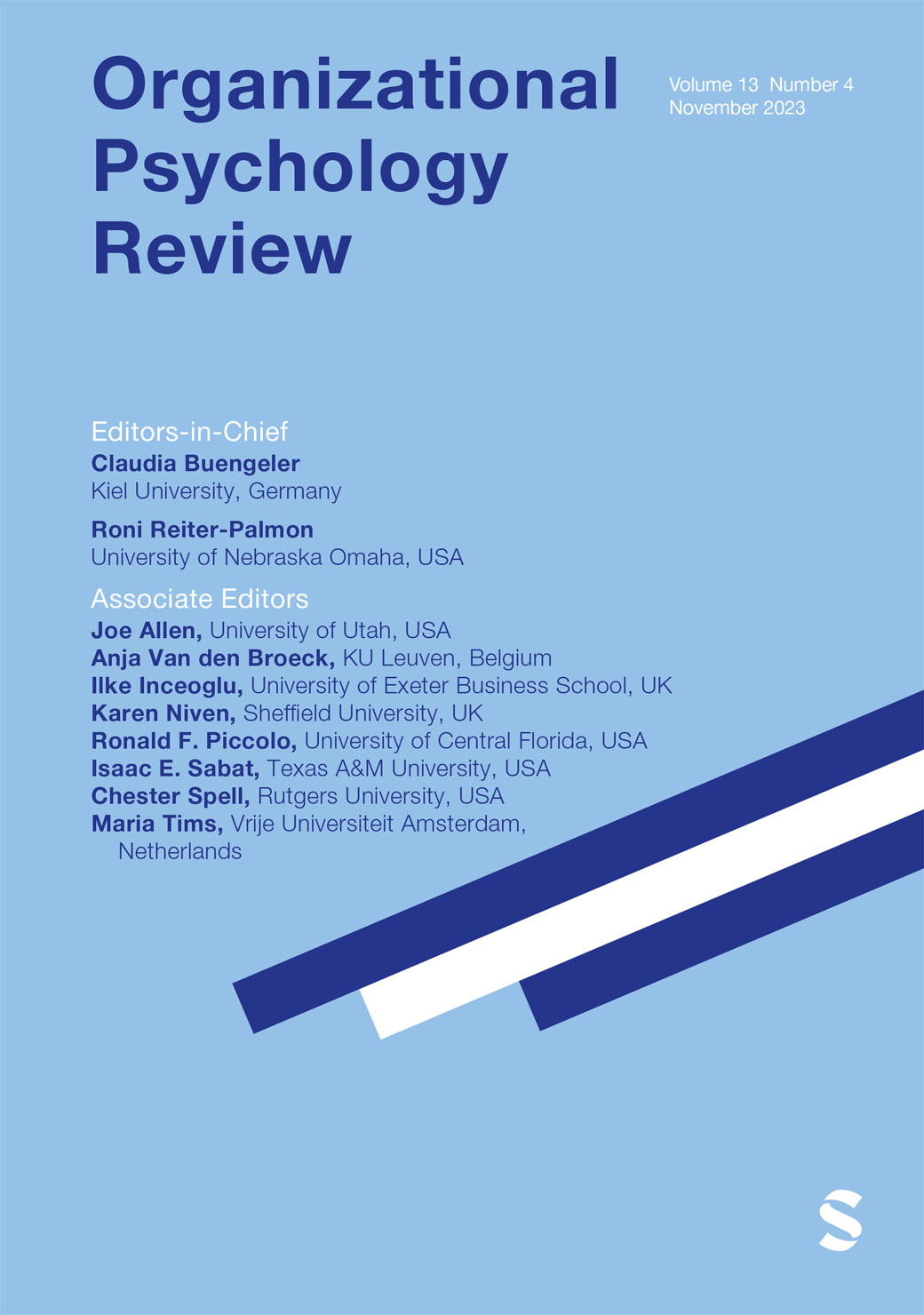整合工作场所会议和团队创意过程文献:多层次视角
IF 7.1
1区 心理学
Q2 MANAGEMENT
引用次数: 1
摘要
扩展现有的会议类型学,本文引入了会议中团队创造性过程的模型,以更好地捕捉和研究导致创造性结果的会议活动的全部呼吸。这项工作的主要目标是描述在个人和团队层面的会议中出现的团队创造过程的过程。提出了一个描述团队创造性认知过程从个体层面认知产生的多层次模型。详细阐述了团队创造过程出现的本质。将创造力和会议的研究结合起来,以更好地理解会议设计特征如何影响创意输出。这篇研究综述是为了提供实用的建议,以最好地构建会议,以促进个人和团队的创造力。此外,还概述了相关团队状态在创意过程会议中的作用。最后,对未来会议创造力研究的路径进行了探讨。本文探讨了个人和团队如何在会议中进行创造性思考。提出了以产生创造性成果为目标的会议模型。个人思维过程和群体思维过程之间的联系与相关周围影响的讨论一起提出。对创造性思维和工作场所会议的研究是为了更好地理解如何利用会议来提高创造力。本文还提出了切实可行的建议,以改进会议产生创造性成果。本文章由计算机程序翻译,如有差异,请以英文原文为准。
Integrating workplace meetings and team creative process literature: A multi-level perspective
Expanding existing meeting typologies, this paper introduces a model of the team creative process in meetings to better capture and study the full breath of meeting activity that results in creative outcomes. The primary goal of this work is to describe the processes that occur in the team creative process in meetings at the individual and team levels. A multi-level model that depicts the emergence of team creative cognitive processes from individual-level cognitions is presented. The nature of emergence of team creative processes is detailed. Research on creativity and meetings is integrated to better understand how meeting design characteristics influence creative output. This review of research is distilled to provide practical recommendations to best construct meetings to facilitate individual and team creativity. Additionally, the role of related team states in creative processes meetings is outlined. Finally, paths for future research on creativity in meetings are discussed. This article explores how individuals and teams think creatively in meetings. A model of meetings that have goals to produce creative outcomes is presented. The association between individual thinking processes and group thinking processes is presented alongside a discussion of relevant surrounding influences. Research on creative thinking and workplace meetings is used to better understand how meetings can be used to improve creativity. Practical recommendations to improve the production of creative outcomes in meetings are also provided.
求助全文
通过发布文献求助,成功后即可免费获取论文全文。
去求助
来源期刊

Organizational Psychology Review
Multiple-
CiteScore
10.00
自引率
1.60%
发文量
25
期刊介绍:
Organizational Psychology Review is a quarterly, peer-reviewed scholarly journal published by SAGE in partnership with the European Association of Work and Organizational Psychology. Organizational Psychology Review’s unique aim is to publish original conceptual work and meta-analyses in the field of organizational psychology (broadly defined to include applied psychology, industrial psychology, occupational psychology, organizational behavior, personnel psychology, and work psychology).Articles accepted for publication in Organizational Psychology Review will have the potential to have a major impact on research and practice in organizational psychology. They will offer analyses worth citing, worth following up on in primary research, and worth considering as a basis for applied managerial practice. As such, these should be contributions that move beyond straight forward reviews of the existing literature by developing new theory and insights. At the same time, however, they should be well-grounded in the state of the art and the empirical knowledge base, providing a good mix of a firm empirical and theoretical basis and exciting new ideas.
 求助内容:
求助内容: 应助结果提醒方式:
应助结果提醒方式:


